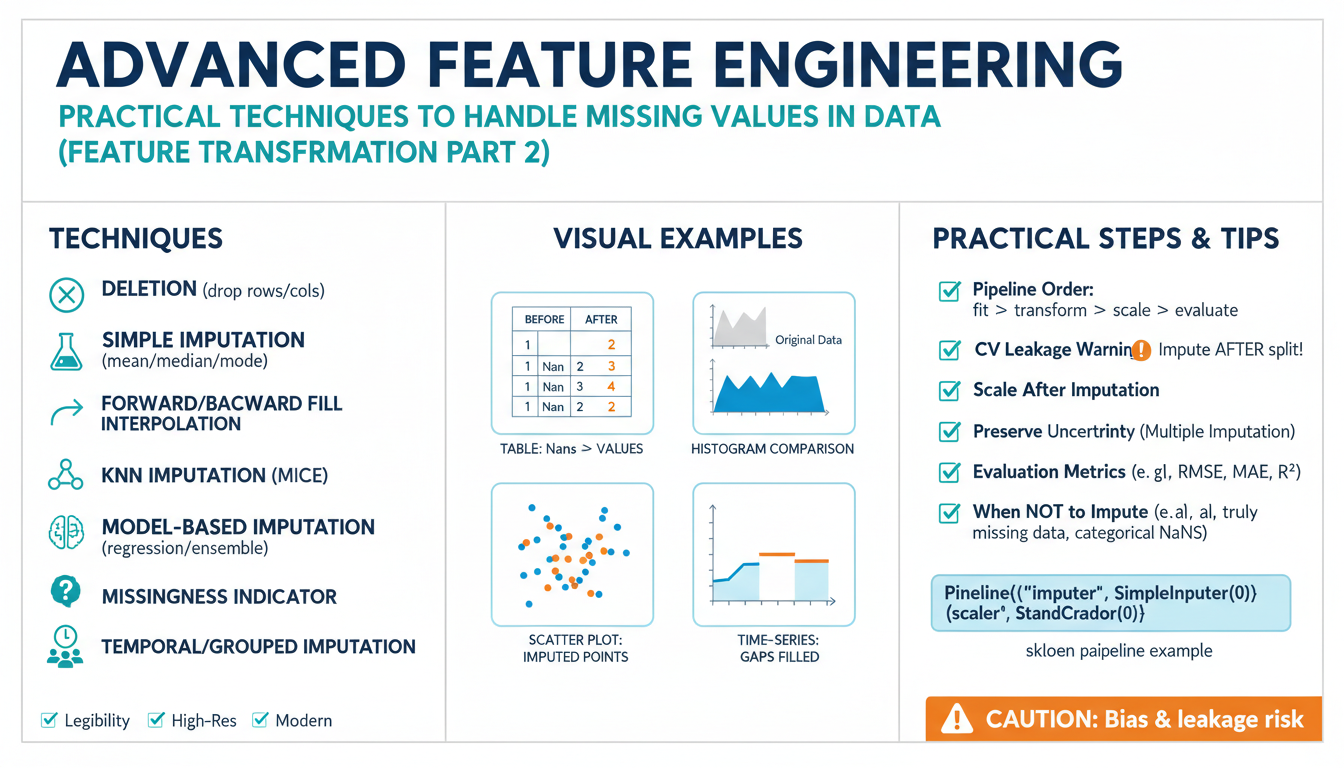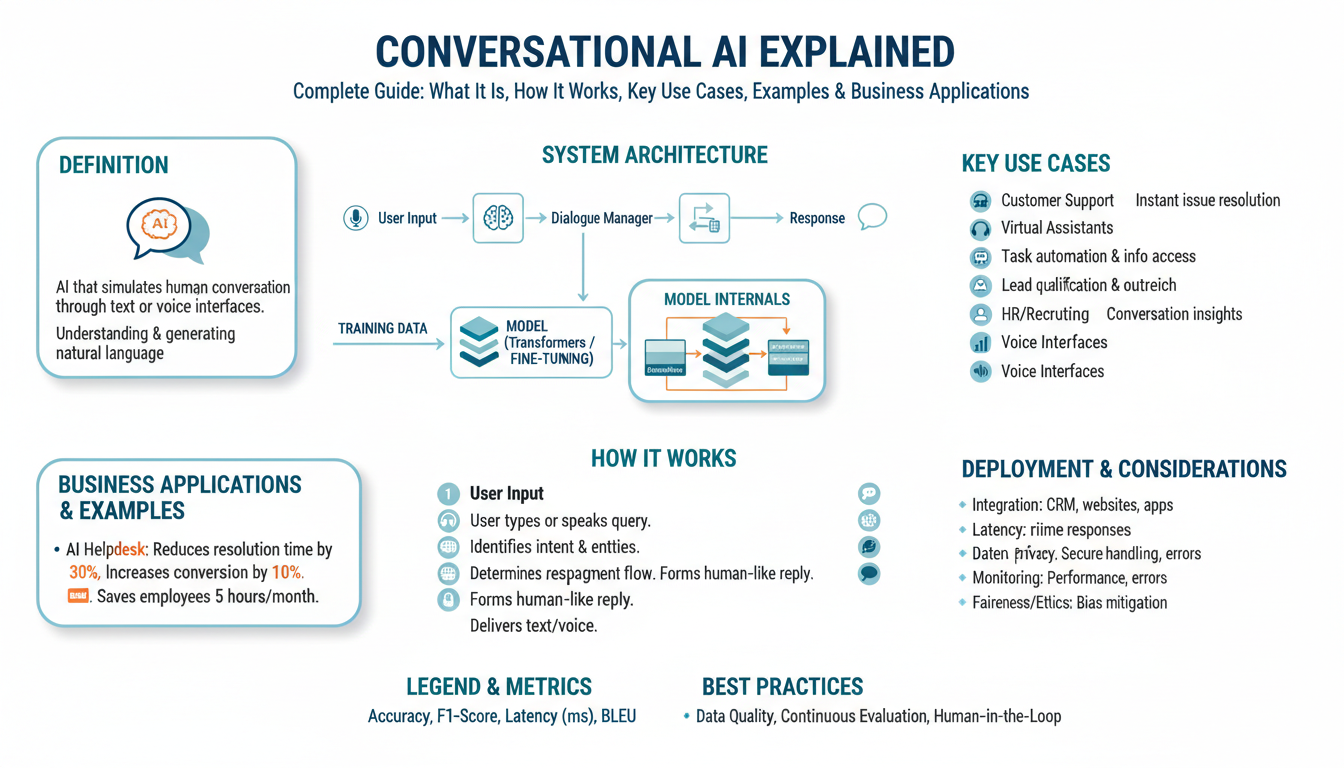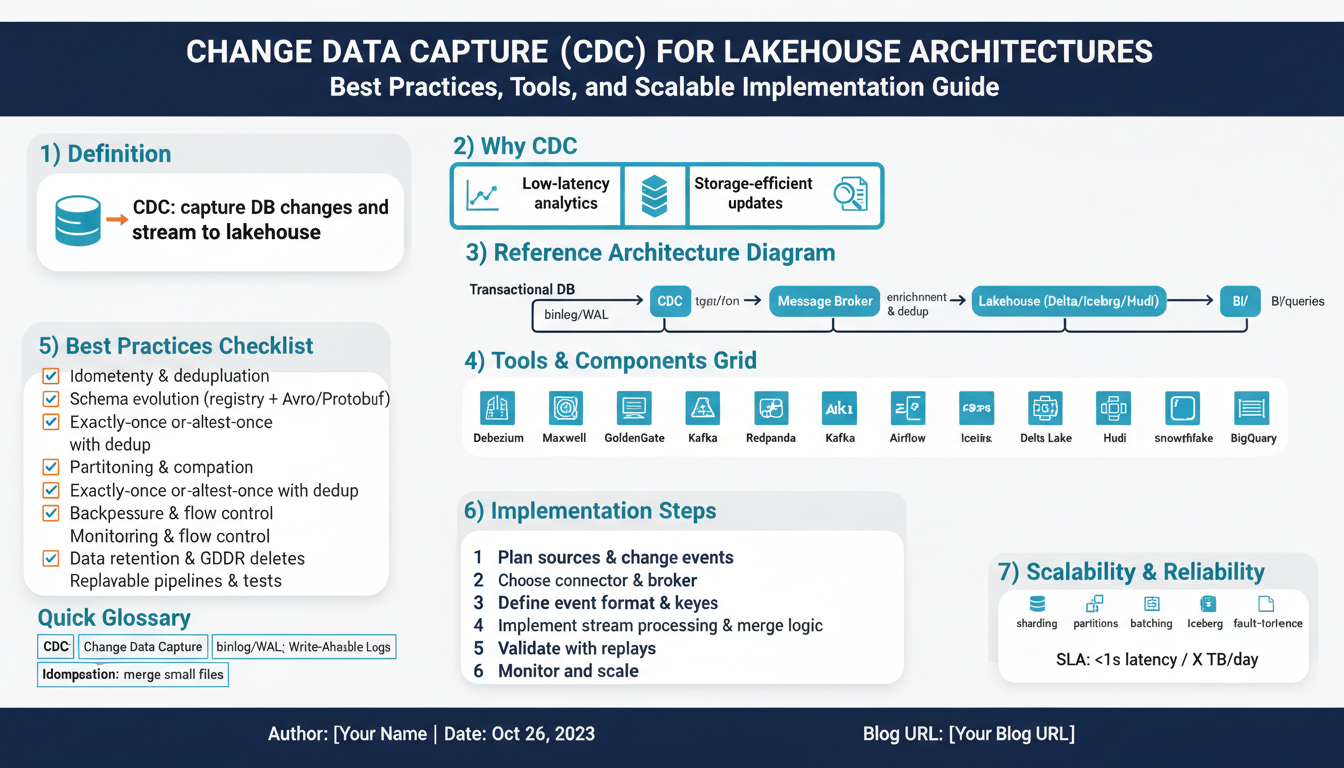Understanding Featured Snippets: What They Are and Why They Matter
Featured snippets have become a cornerstone of modern SEO strategies, offering websites a unique opportunity to claim the top spot of Google’s search results, often referred to as “Position 0.” These are concise, direct answers displayed above traditional organic search results, typically in response to users’ queries demanding quick, informative solutions. Understanding their function and value is essential for anyone aiming to maximize online visibility and drive organic traffic.
Featured snippets are extracted from web pages that Google’s algorithms deem as providing the clearest and most authoritative answer to a particular query. They can appear as paragraphs, lists, tables, or even videos, depending on the nature of the user’s question. According to a comprehensive study by Search Engine Land, featured snippets now appear for over 12% of all search queries, making them a substantial opportunity for acquiring high visibility without paid ads.
Why do featured snippets matter? The answer lies in modern user behavior and search engine priorities:
- Enhanced Visibility and Click-Through Rates (CTR): Results shown in featured snippets attract significantly more attention and higher CTRs. Since they occupy the most prominent space in search results, websites appearing in this coveted position may see a spike in their organic traffic. Studies from Ahrefs show that featured snippets can capture up to 8.6% of all clicks for a given keyword, often outpacing the traditional first organic result.
- Authority and Trust: Being chosen as the source for a featured snippet signals to users and search engines alike that your content is reliable and relevant. Google’s algorithms consider snippets to be the best immediate answer, contributing to your site’s thought leadership and helping to establish authority in your niche.
- Voice Search Optimization: As voice search and virtual assistants like Google Assistant become more prevalent, featured snippets have taken on increased importance. Queries made through devices like smartphones and smart speakers are often answered directly using featured snippets. According to a BrightEdge report, nearly 41% of adults use voice search daily, underscoring the significance of structuring answers that lend themselves to this format.
Consider an example: If a user asks, “What is machine learning?”, Google may pull a clear, succinct definition from an authoritative site and display it as a paragraph above all other results. This not only answers the question quickly but also gives the source site a significant visibility boost without the searcher needing to scroll further.
The process of securing a featured snippet requires content creators to understand the types of questions users ask and to structure their answers in a way that is both concise and contextually rich. This means tailoring your content to anticipate commonly asked questions in your domain, formatting your information clearly (using headers, lists, and tables as needed), and always backing claims with reputable sources. Resources such as Google’s official documentation on structured data for snippets can provide additional guidance on optimizing your pages for search features.
In summary, featured snippets represent a powerful tool to achieve greater search prominence. By understanding what they are and why they matter, content creators can strategically design value-driven, easily digestible, and authoritative answers that stand out in today’s competitive search landscape.
Key Elements of AI-Friendly Answer Snippets
To craft answer snippets that are favored by AI and more likely to appear as featured snippets on Google, it’s essential to align your content with certain key elements. Below, we’ll explore these elements in-depth, offering you actionable tips and examples for each one.
Conciseness and Directness
Search engines prioritize answers that are clear and to the point. Aim to answer the target query within the first 40-60 words. For example, if you’re addressing “What is machine learning?”, start your snippet with a clear definition, such as:
Machine learning is a subset of artificial intelligence focused on algorithms that allow computers to learn from data and make predictions or decisions without being explicitly programmed. (IBM)
Afterward, you can elaborate or provide supporting details, but keep the core answer upfront and easy to find to maximize your chances of being featured.
Structured Formatting
Effective use of HTML and structured formatting helps both AI and users scan and understand your content easily. Utilize:
- Paragraphs: Break content into short, digestible paragraphs.
- Bullet points and numbered lists: List steps, features, or examples clearly. For instance, explaining “steps to optimize snippets” could look like:
- Identify target queries using tools like Ahrefs.
- Write a concise summary answering the query directly after the heading.
- Use bulleted or numbered lists for multi-part answers.
- Header tags: Use
<h2>and<h3>tags to organize information and signal importance to search engines (Moz).
Use of Schema Markup
Integrating schema markup helps search engines better understand your content’s structure and relevance to specific queries. For answer snippets, consider applying:
- FAQ schema: For frequently asked questions and concise answers.
- HowTo schema: For step-by-step instructions.
Proper schema implementation can increase the odds of your snippet being selected for a featured placement. For practical guidance, see Google’s documentation on FAQPage schema.
Keyword Relevance and Context
Use natural language, focusing on matching the user’s intent and main keyword phrase naturally within the snippet. You can leverage tools like SEMrush to find commonly featured questions and keywords. For example, if the target phrase is “benefits of AI,” start your answer by repeating the phrase:
The benefits of AI include improved efficiency, automated decision-making, and enhanced data analysis across industries.
This alignment ensures that the snippet is both relevant and easily discoverable by AI-powered search features.
Authoritativeness and Citing Trusted Sources
Demonstrating expertise and linking to reputable sources not only bolsters your credibility but also assists AI in identifying trustworthy answers. Whenever making factual claims or technical explanations, include references to respected organizations or research journals. For instance:
According to a recent Nature study, machine learning algorithms can significantly improve complex diagnoses in healthcare.
This practice helps ensure your content is taken seriously by both users and algorithms.
By implementing these key elements, your answer snippets will stand out as AI-friendly, structured, and information-rich—improving their likelihood of being featured and driving more organic traffic to your site.
Structuring Your Content for Maximum Snippet Potential
Crafting content that consistently appears in Google’s featured snippets starts with a clear and logical structure. Search engines scan your page for concise, direct answers to user queries—and how you format these answers plays a pivotal role in snippet selection. Here’s how to ensure your content is primed for snippet success:
1. Use Clear, Hierarchical Headings
Begin by organizing your post with descriptive heading tags (<h2>, <h3>, etc.). Break content into sections that mirror common search intent questions. For instance, if targeting the query, “What is a featured snippet?”, use “What is a Featured Snippet?” as a heading. This clear structure not only makes it easier for users to navigate your page, but also for search engines to identify key answers. According to Google’s documentation, structured data and headings can clarify the relationships within your content, increasing snippet opportunities.
2. Start With a Concise, Direct Answer
Under each heading, lead with a short, to-the-point answer—preferably in one or two sentences. For example, after the “What is a Featured Snippet?” heading, immediately provide a summary: “A featured snippet is a concise answer displayed above organic search results on Google, designed to quickly address a user’s query.” This approach mirrors the typical snippet format and tells search engines exactly where to look for single-sentence answers. Trustworthy sources, like Moz, recommend targeting the snippet with definitions or step-by-step instructions upfront in your text.
3. Expand with Context and Detail
After the direct answer, elaborate with supporting information, examples, or clarifications. Describe why the snippet matters or explore related subtopics. For example, if your answer refers to a process, list the steps in order using bullet points or numbered lists. Lists are often extracted as snippet content, so structure them clearly:
- Identify the user query
- Craft a concise answer immediately under the heading
- Support with relevant details or examples
This detailed expansion ensures your content is comprehensive, which is highly valued by both users and search engines. For more on how content depth influences SEO, see guidance from Search Engine Land.
4. Match Format to Query Type
Analyze the snippet type displayed for your target query—whether it’s a paragraph, list, table, or video. Mirror that structure in your own content. For example:
- Definitions: Use a succinct opening statement.
- Lists: Structure step-by-step instructions or tips as ordered/unordered lists.
- Tables: Present data comparisons in HTML tables for easy parsing.
According to an Ahrefs study, matching your format to what already ranks can increase your snippet capture rate.
5. Keep Sentences Simple and Readable
Stick to short sentences with minimal jargon. Aim for a reading level accessible to a broad audience; tools like Hemingway Editor can help check your content’s clarity. Google values straightforward language that delivers answers with minimal friction.
By following these structuring techniques, you maximize your content’s snippet potential and serve both users and search engines with clear, actionable information.
Crafting Concise, Clear, and Direct Answers
Crafting snippets designed for AI and search engine algorithms requires a balance between precision and clarity. Search engines, such as Google, prefer content that offers clear, concise, and direct responses to user queries—especially when selecting content for featured snippets. Here’s how to master this art:
1. Identify the Core Question
Start by determining the main question your audience is asking. Use keyword research tools like Ahrefs’ Keyword Explorer or Moz’s Keyword Research Guide to see how users phrase their queries. Pay attention to interrogative terms such as “what,” “how,” “why,” and “when.” This ensures your snippet directly addresses the user’s intent.
2. Answer Immediately and Directly
Search engines favor snippets that deliver answers within the first sentence or two. For example, if answering “What is machine learning?”, start with: “Machine learning is a subset of artificial intelligence that enables systems to learn and improve from experience without being explicitly programmed.” Avoid burying the answer beneath lengthy introductions or unrelated details. For further reading on AI explanations, check out IBM’s machine learning overview.
3. Maintain Brevity Without Sacrificing Completeness
Aim for 40-50 words per snippet, as Google tends to feature responses within this range. However, ensure your answer is comprehensive enough to stand alone. For more insight into optimal snippet length, refer to this Backlinko study on featured snippet characteristics.
4. Use Structured Formats for Clarity
When appropriate, use bullet points or numbered lists to break down multi-step processes or complex topics. For example:
- Identify user intent.
- Write clear, direct sentences.
- Limit word count to snippet-friendly ranges.
This approach not only enhances readability but also improves your chances of being featured as a list snippet. Google’s official structured data documentation offers guidance for such formats.
5. Avoid Ambiguities and Unnecessary Jargon
Keep your language simple and your tone authoritative. Avoid terms or concepts that may not be universally understood unless you briefly explain them. For example, instead of saying “AI leverages GPT architectures,” clarify with: “AI systems, such as those using Generative Pre-trained Transformers (GPT), process large datasets to generate human-like text.” For guidelines on clear writing, visit the U.S. government’s Plain Language guidelines.
By consistently applying these strategies, your content becomes not only more appealing to AI and search engines—but also significantly more valuable to readers. This focus on precision, clarity, and user intent positions you to win those coveted featured snippet spots.
Using Schema Markup and Other Technical SEO Techniques
Optimizing your website for AI-friendly answer snippets requires a blend of smart technical SEO strategies, with schema markup at the heart of your approach. Structured data not only clarifies your content for search engines but also increases your chances of being featured in coveted snippet boxes. Let’s break down how you can leverage schema and other technical SEO techniques to carve out a spot in AI-driven search results.
Understanding Schema Markup and Its Impact
Schema markup, standardized by Schema.org, is code (often in JSON-LD format) that you add to your site to help search engines understand the meaning and context of your content. For answer snippets, the most relevant types include FAQPage, HowTo, and QAPage schemas.
- FAQPage Schema: Perfect for questions and answers, showing your content directly in SERPs. Example:
{ "@context": "https://schema.org", "@type": "FAQPage", "mainEntity": [ { "@type": "Question", "name": "What is Schema Markup?", "acceptedAnswer": { "@type": "Answer", "text": "Schema markup is code added to web pages to help search engines understand content context." } } ] } - HowTo Schema: Ideal for step-by-step guides. Break your process into clearly defined steps in your markup.
Adding schema makes it easier for search engines to showcase your answers directly in featured snippets. Google’s official guidelines on structured data offer robust direction to get started.
Implementing Schema Markup: Practical Steps
- Identify Content Suitable for Snippets: Select succinct, answer-focused content such as FAQs, definitions, or instructions. Avoid clutter; keep answers direct.
- Choose the Right Schema Type: Use tools like Merkle’s Schema Generator to build accurate markup for your content type.
- Embed JSON-LD in Your HTML: Place the JSON-LD code within the
<head>or directly in the body of your page. - Validate Your Markup: Use Google’s Rich Results Test to ensure your schema is error-free.
- Monitor Performance: Track pages’ appearances in featured snippets using Google Search Console and adjust techniques as necessary.
Other Technical SEO Techniques for Featured Snippets
Schema is just one aspect of technical SEO. Here are several additional strategies you should implement to increase your chances of ranking in answer boxes:
- Optimize Page Load Speed: Faster-loading pages get higher priority. Learn best practices from Google’s performance guidelines.
- Ensure Mobile Friendliness: With mobile-first indexing, use responsive layouts and optimize for small screens. Use Google’s mobile-friendly test to check your site.
- Employ Clear Headings and Lists: Use <h2>, <h3> tags for organization, and bullet/numbered lists, which are favored by Google for snippets.
- Utilize Canonical Tags: Prevent duplicate content issues by properly deploying canonical URLs as outlined in Google’s canonicalization guidance.
Combining schema markup and these technical tactics puts your content in the best position for featured snippet selection. For continued learning, explore Moz’s guide on schema and keep pace with Google’s Search Central Blog for the latest in technical SEO trends.
Common Mistakes to Avoid When Optimizing for Featured Snippets
One of the biggest pitfalls when attempting to optimize for featured snippets is thinking that keyword stuffing alone will push content to the top of Google’s answer box. In reality, Google’s algorithms are increasingly sophisticated and prioritize accuracy, relevance, and user intent over forced keyword density. For example, instead of redundantly using your target phrase multiple times, focus on delivering a clearly structured answer that addresses the searcher’s question. Structure your response with simple, direct sentences, or a well-formatted bullet list, as these formats are commonly chosen by Google for snippets. For further reading on Google’s algorithms, visit Google’s official Structured Data documentation.
Another frequent mistake is neglecting the importance of content hierarchy and structure. Pages lacking proper heading tags (<h2>,<h3>) or that bury critical answers deep within text are less likely to be featured. Always begin with a direct, succinct answer immediately following your introductory sentence, formatted with a clear heading above. This ensures both Google and users can quickly identify the main point. Consider the difference between a wandering introduction and a direct, one-to-two sentence summary at the start; the latter is far more snippet-friendly. Moz’s guide on snippet optimization highlights this approach as best practice – read more about it here.
Failing to format content for clarity is another missed opportunity. Google prefers answers presented as ordered or unordered lists, tables, and concise paragraphs (40-50 words is a sweet spot for most featured snippets). If your answer suits a step-by-step format, break it down using bullet points or numbered lists. For example:
- Research your target question using Answer the Public or SEMrush’s Keyword Magic Tool.
- Draft an answer that addresses the query directly, aiming for 40-50 words.
- Format the response with bullet points or numbers for easier scanning by both users and bots.
Omitting use of reliable sources and links is another mistake that might cause Google to dismiss your snippet for lack of authority. Support critical assertions with links to reputable sources such as government websites, university studies, or industry leaders. For example, when referencing data about search engine trends, cite Search Engine Land or Search Engine Journal. Not only does this build trust with your audience, but it also signals to Google that your content is well-researched and reliable.
Finally, failing to answer the question fully, or providing vague information, can hurt your chances of selection. Always ensure that your snippet is a complete response. If the search query is “how to train a dog,” don’t just say “be consistent”—write a direct, step-by-step guide that empowers users to take action. Being thorough without adding fluff is paramount. You can learn more about high-quality content standards from Google’s Helpful Content Guidelines.



